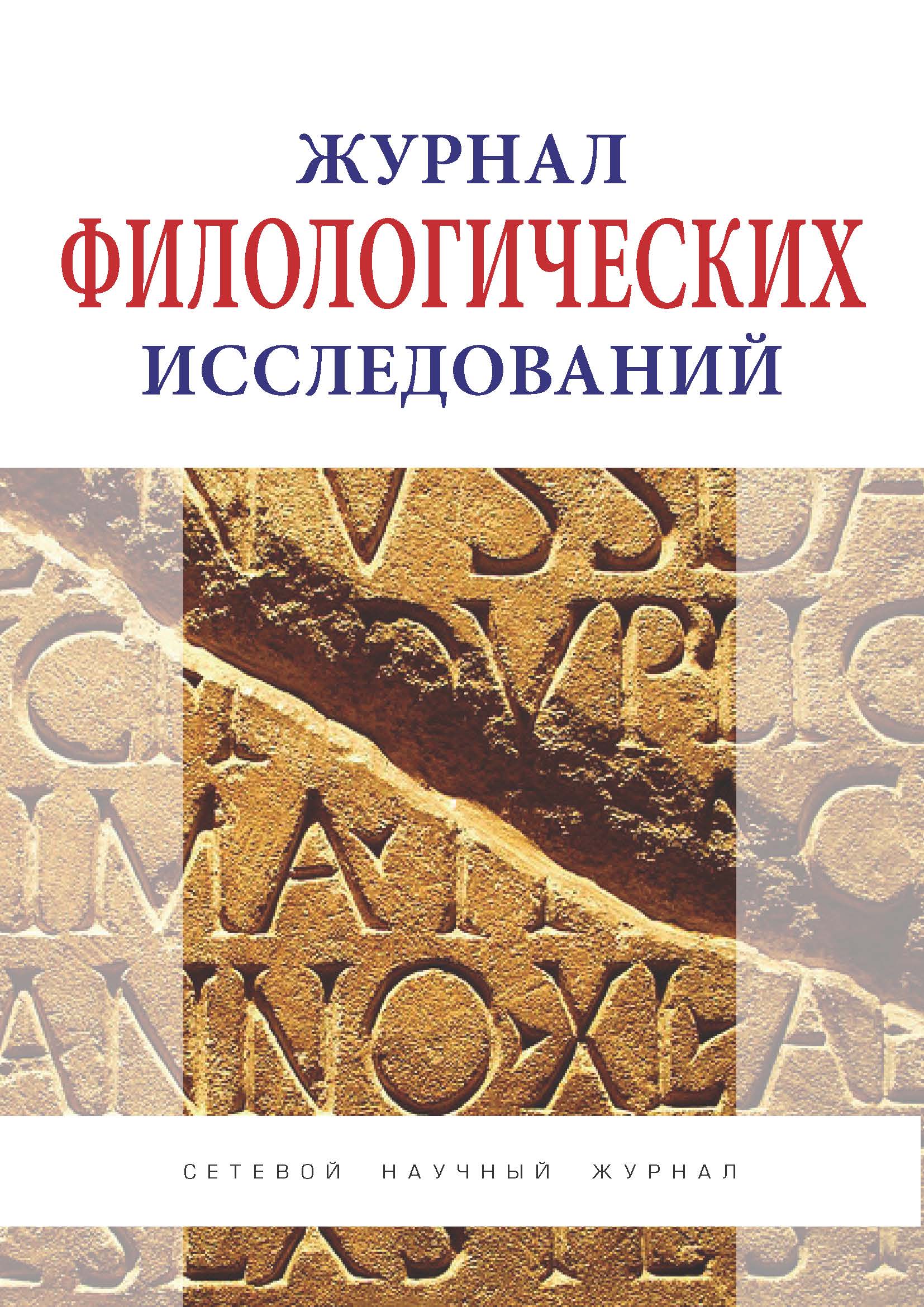from 01.01.2019 to 01.01.2023
Elabuga, Kazan, Russian Federation
Naberezhnye Chelny, Kazan, Russian Federation
The article deals with the actual problems of interaction and influence of the English language as an international language on the Chinese language on the Internet. We have identified the main ways in which slang appeared in the Chinese language, the reasons why people are increasingly resorting to the use of slang in everyday communication and online. The most popular ways of forming slang in the Chinese language and the relationship of the ways of forming with the globalization of the English language were also analyzed. This problem is relevant both for people closely connected with the culture and language of China, and for ordinary people on the Internet, since the close contact of cultures inevitably affects both the language of the two countries and the worldview of people.
slang, interaction of cultures, the Internet, globalization, lexical composition, communication, English language, Chinese language
1. Kachalova Kristina Gennad'evna, Rudometova Anastasiya Yur'evna, Kapitonova Nina Sergeevna OSNOVNYE TIPY ABBREVIACIY V KITAYSKOM YaZYKE // SISP. 2020. №6. [Elektronnyy resurs] URL: https://cyberleninka.ru/article/n/osnovnye-tipy-abbreviatsiy-v-kitayskom-yazyke (data obrascheniya: 28.02.2023).
2. Russko-kitayskiy i kitaysko-russkiy perevodchik [Elektronnyy resurs]URL:https://www.sohu.com/a/309528038_757863/ (data obrascheniya: 28.02.2023).
3. Sageeva Ya.P. Kitayskie slozhnosokraschennye slova kak osobaya chast' kitayskoy leksiki // Molodoy uchenyy. Seriya: Filologiya, lingvistika. 2015. № 11(91). S. 1681-1683.
4. Sinishina O.O. Internet-leksika v sovremennom kitayskom yazyke // Vestn. Mosk. un-ta. Seriya: 13. Vostokovedenie. 2014. № 3. S. 57-63.
5. Snegirev, F. V. K voprosu ob opredelenii ponyatiya «sleng» / F. V. Snegirev. - Tekst : neposredstvennyy // Molodoy uchenyy. - 2018. - № 9 (195). - S. 199-202.[Elektronnyy resurs] - URL: https://moluch.ru/archive/195/48587/ (data obrascheniya: 28.02.2023.






